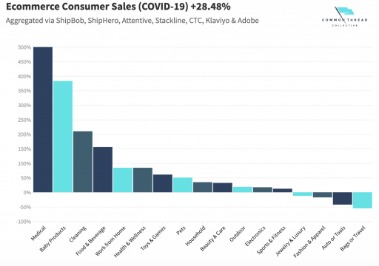Here, you reconcile general ledger accounts related to short-term investments with a maturity period of 90 days or less. This reconciliation makes sure that your financial records match the balances on brokerage or financial institution statements. The objective of doing reconciliations to make sure that the internal cash register agrees with the bank statement.
Still, the supporting documentation (i.e., a bank statement) says the bank account has a balance of $520,000. Account reconciliation is typically carried out at the end of an accounting period, such as monthly close, to ensure that all transactions have been accurately recorded and the closing statements are correct. Vendor reconciliations involve operating margin comparing the statements provided by vendors or suppliers with the business’s accounts payable ledger.
Cash accounts using bank statement reconciliations
Infrequent reconciliations make it difficult to address problems with fraud or errors when they first arise, as the needed information may not be readily available. Also, when transactions aren’t recorded promptly and bank fees and charges are applied, it can cause mismatches in the company’s accounting records. For example, reconciling general ledger accounts can help maintain accuracy and would be considered account reconciliation. While reconciling your bank statement would be considered a financial reconciliation since you’re dealing with bank balances. Account reconciliations should be performed regularly, ideally monthly, to ensure financial records are accurate and up-to-date.
Access Exclusive Templates
- As such, a $40,000 discrepancy due to the missing transactions should be noted in the reconciliation, and an adjusting journal entry should be recorded.
- A profit and loss statement, also known as an income statement summarizes revenue and expenses that have been incurred during a specific period.
- Once you have access to all the necessary records, you need to reconcile, or compare, the internal trust account’s ledger to individual client ledgers.
- That’s why account reconciliation remains a key component of the financial close process.
- This practice helps identify and rectify discrepancies, including missing transactions.
Additionally, it considers factors like the allowance for obsolescence and inventory valuation. Analyzing capital accounts by transaction, this reconciliation includes beginning balances, additions, subtractions, and adjustments to match general ledger ending balances for capital accounts. It covers aspects like common stock what are the types of transaction in accounting par value, paid-in capital, and treasury share transactions.
In single-entry bookkeeping, every transaction is recorded just once rather than twice, as in double-entry bookkeeping, as either income or an expense. Single-entry bookkeeping is less complicated than double-entry and may be adequate for smaller businesses. Companies with single-entry bookkeeping systems can perform a form of reconciliation by comparing invoices, receipts, and other documentation against the entries in their books. Reconciliation is an accounting procedure that compares two sets of records to check that the figures are correct and in agreement and confirms that accounts in a general ledger are consistent and complete. In double-entry accounting, each transaction is posted as both a debit and a credit. The reconciliation statement allows the accountant to catch these errors each month.
Simplify Cash Reconciliation: The Future of Finance with HighRadius and Sage Integration
Reconciliation must be performed on a regular and continuous basis on all balance sheet accounts as a way of ensuring the integrity of financial records. For example, the internal record of cash receipts and disbursements can be compared to the bank statement to see if the records agree with each other. The process of reconciliation confirms that the amount leaving the account is spent properly and that the two are balanced at the end of the accounting period. By prioritizing reconciliation in accounting, lawyers and law firms can maintain financial accuracy and compliance, but that doesn’t mean that lawyers need to spend hours each day looking at accounts on paper or in Excel.
It not only allows you to protect your clients’ funds, but your firm too as a result. In general, reconciling bank statements can salary differences for a cpa and non help you identify any unusual transactions that might be caused by fraud or accounting errors. For small businesses, the main goal of reconciling your bank statement is to ensure that the recorded balance of your business and the recorded balance of the bank match up. Bank reconciliation statements ensure that payments were processed and cash collections were deposited into the bank. Bank reconciliation statements are often used to catch simple errors, duplications, and accidental discrepancies.
For lawyers, reconciliation in accounting is essential for ensuring that financial records are accurate, consistent, and transparent. While proper reconciliation is the standard for how law firms should handle all financial accounts, it is particularly important—and often required—for the management of trust accounts. Beyond bank reconciliation, lawyers should conduct account reconciliation with other accounts to help ensure that they maintain accurate financial records, uphold ethical standards, stay compliant, and maintain client trust. This reconciliation process allows you to confirm that the records being compared are complete, accurate, and consistent. Today, most accounting software applications will perform much of the bank reconciliation process for you, but it’s still important to regularly review your statements for errors and discrepancies that may appear. Account reconciliation is done to ensure that account balances are correct at the end of an accounting period.






Leave A Comment
You must be logged in to post a comment.